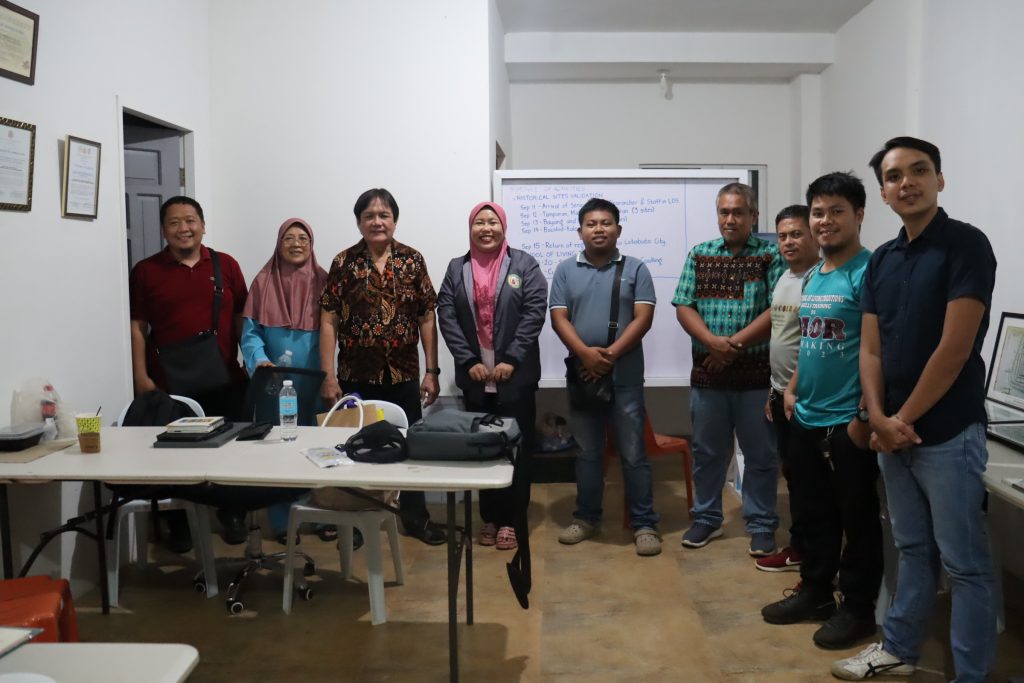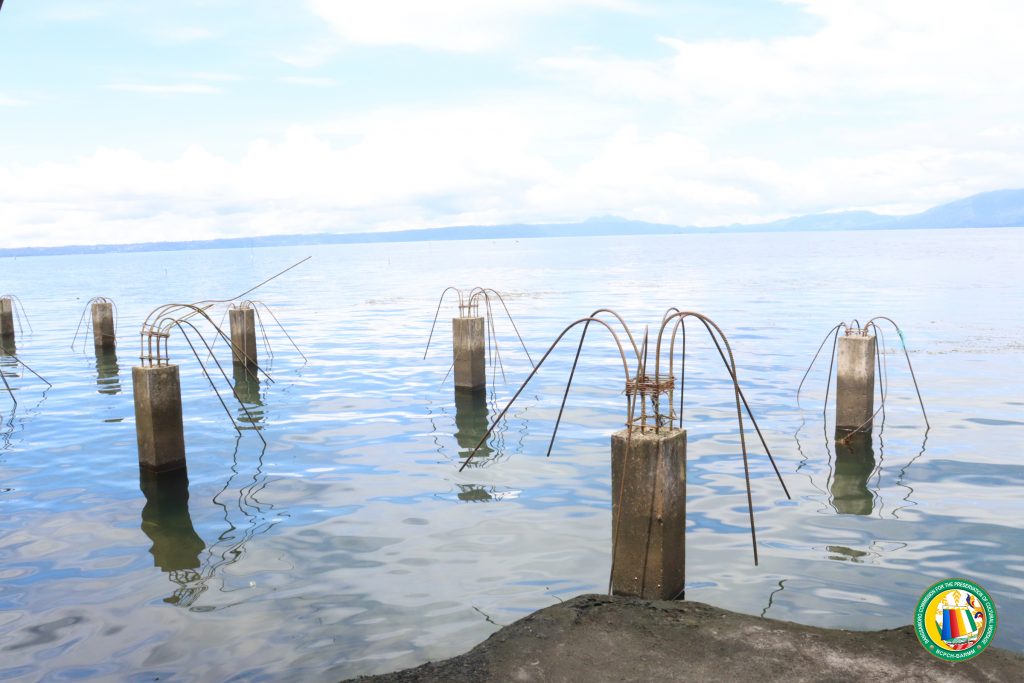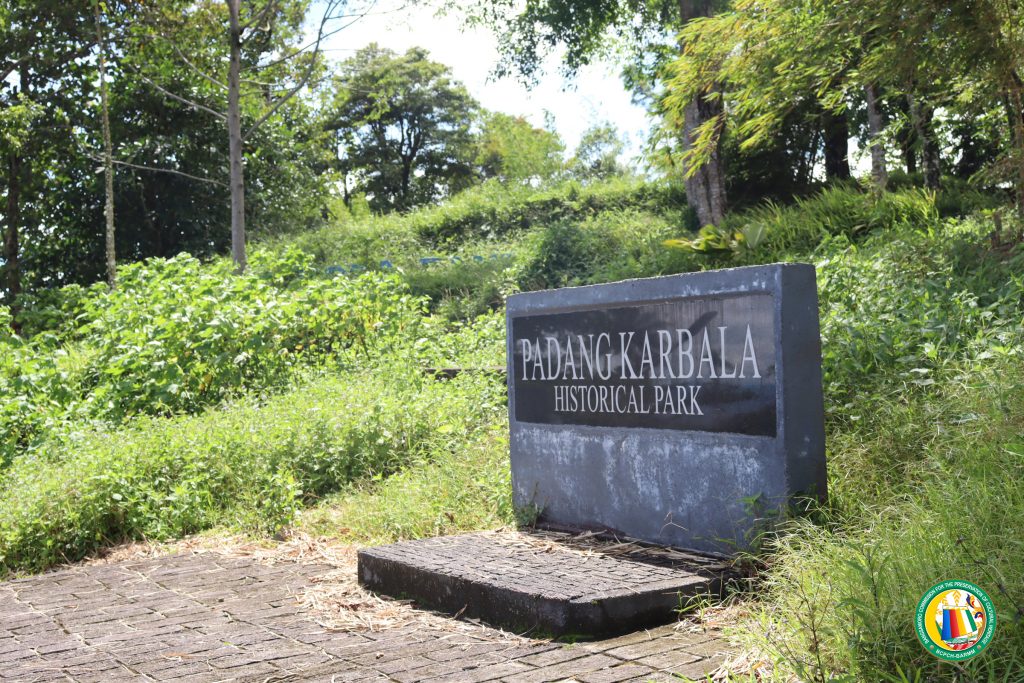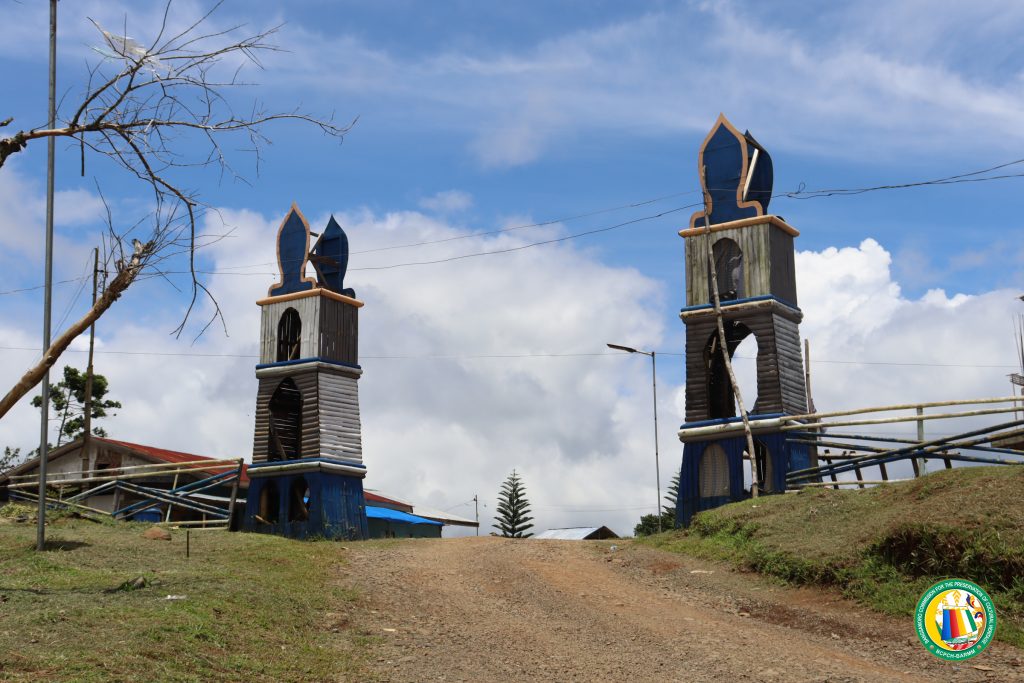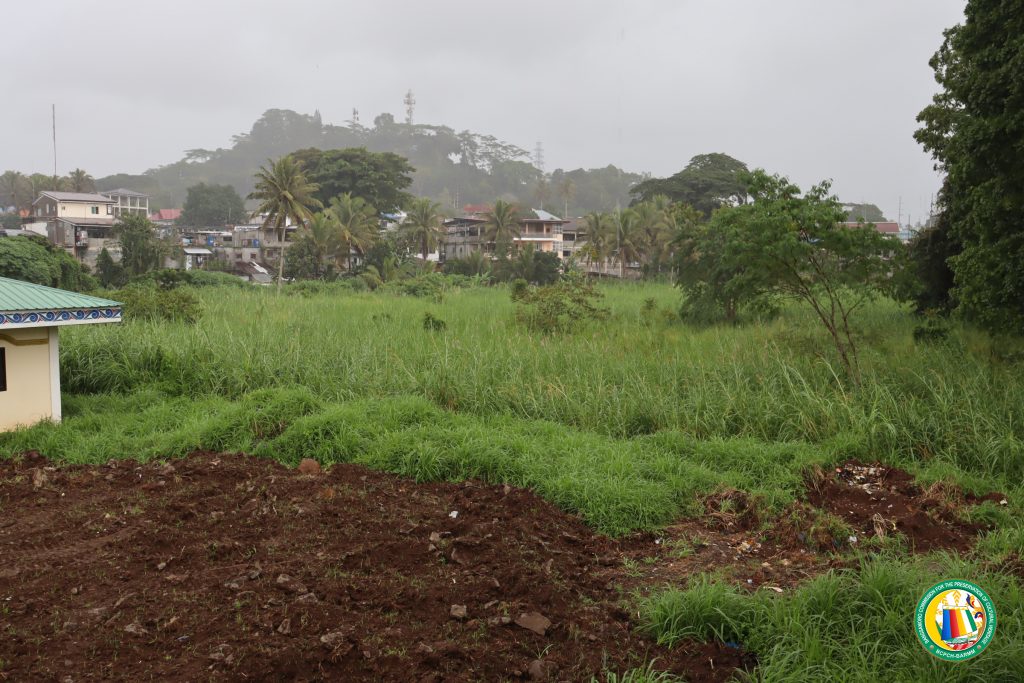September 27, 2023
BCPCH Conducts Site Identification and Validation Process in the Province of Lanao del Sur
Historical sites are not mere remnants of the past, they are guardians of our cultural heritage, and windows into the events that have indelibly shaped our world. As we march forward in time, preserving these sacred locales become an increasingly vital mission.
The Bangsamoro Commission for the Preservation of Cultural Heritage (BCPCH-BARMM), along with the BCPCH Lanao del Sur Provincial Office conducted a site validation activity in the Province of Lanao del Sur on July 11-19, 2023. The site validation not only document the third phase of the site identification process but to delve into the historical richness and embark on a deeper journey into the historical significance of each validated sites within the province showcasing their importance in the Bangsamoro history.
During the activity, among historical sites validated were:
Battle of Tamparan
The Battle of Tamparan set against the backdrop of World War II, stands as an epitome of courage.
a. Triangle (Tamparan)
The Triangle in Tamparan, a seemingly ordinary place, witnessed an extraordinary event. Armed with little more than blades, they devastated an entire company of Japanese infantry, leaving an indelible mark on history.
b. Pantalan (Tamparan)
Pantalan in Tamparan served as the landing point for the Japanese Imperial Army during the same 1942 Battle.
c. Kota Dimalaang/Dimalawang (Tamparan)
Kota Dimalaang/Dimalawang, nestled in Tamparan, encapsulates a pivotal chapter in the history of Maranao resistance. This historical site served as a tangible link to the Battle of Tamparan in 1942, a significant event during World War II when Maranao villagers took up arms against the Imperial Japanese Army.
King Alfonso Bridge (Saguiaran)
The remnants of the King Alfonso Bridge, a relic from the Spanish era, stands as a testament to the colonial influence that once gripped Lanao. Built during the Spanish presence in Marawi from 1891 to 1895, it serves as a tangible reminder of a bygone era when foreign powers held sway in the region.
Padang Karbala/Kota Pandapatan (Bayang)
Padang Karbala/Kota Pandapatan, situated in Bayang, is a hallowed ground that resonates with the echoes of an extraordinary historical event. This site witnessed the valiant last stand of the Sultan of Bayang and his followers against American forces in May 1902, marking a defining moment in Lanao’s history.
Camp Vicars (Bayang)
The site is presently used as agricultural land. Locals, however, would pinpoint areas where there are remnants of cement, claiming that this used to belong to the structures built by the Americans in Camp Vicars.
Kota Binidayan (Binidayan)
Kota Binidayan, described as an “impenetrable fortress” by war correspondents, was a focal point of American artillery bombardment. Today, it houses the Binidayan Municipal Hall and contributes to the historical tapestry of the region. The resilience exhibited at Kota Binidayan remains a testament to the enduring spirit of its people.
Kota Bacolod Grande (Bacolod-Kalawi)
Kota Bacolod Grande, situated in Bacolod-Kalawi, holds a significant place in the history of Lake Lanao. It was the battleground for a dramatic confrontation in April 1903 between the Sultan of Bacolod and American Forces led by Captain John J. Pershing. This historic battle, which spanned three days, unfolded along the picturesque shores of Lake Lanao and was meticulously documented by Chaplain George D. Rice.
Kota Kalawi (Bacolod-Kalawi)
Kota Kalawi in Bacolod-Kalawi, Lanao, stands as a symbol of Maranao resilience during a pivotal moment in the early 20th century. This historical site witnessed the Battle of Kota Kalawi in April 1903, a fierce clash between the United States Army and Maranao defenders.
Kota Marawi (Marawi)
Based on Spanish records, there were multiple kota (forts) that came under attack when the Spaniards launched an offensive against the Maranaos in the late 1800s. It was believed as one of the Kota of Amai Pakpak.
The success of the historical site validation activity owed much to the cooperation and support of various stakeholders. The Commission and its Provincial Office in Lanao expresses the heartfelt gratitude to the local government units and Key Officials of Marawi City, Bayang, Binidayan, Bacolod Kalawi, Tamparan, and Saguiran for their unwavering commitment in preserving the Lanao’s historical legacy: Marawi City Mayor Majul U. Gandmra, Bayang Mayor Aslanit Balt and Vice Mayor Johanisah B. Radiamoda, Binidayan Mayor Sodais D. Dimaporo, Bacolod Kalawi Mayor Mohaimen L. Dipatuan and Vice Mayor Nora L. Dipatuan, Tamparan Mayor Mohammad Juhar D. Disomimba and Vice Mayor Haround Al-Rashid L. Disomimba, and Saguiaran Mayor Jalalodin M. Angin and Vice Mayor Hafiz A. Muti.
Also, the BCPCH Regional Office is extending its gratitude to the History and Archive Section through Senior History Researcher Esnaira S. Salem, as well as to the Commission’s Provincial Office in Lanao under the leadership of Lanao Commissioner Robert M. Alonto together with his staff, for teaming up with the site identification and validation process of historical sites in Lanao del Sur.
—
BCPCH is the primary institution in preserving the history, culture, arts, tradition, and rich cultural heritage of the Bangsamoro people across the Bangsamoro Autonomous Region in Muslim Mindanao. The Commission is currently under the leadership of Chairperson Salem Y. Lingasa, Ph.D.

